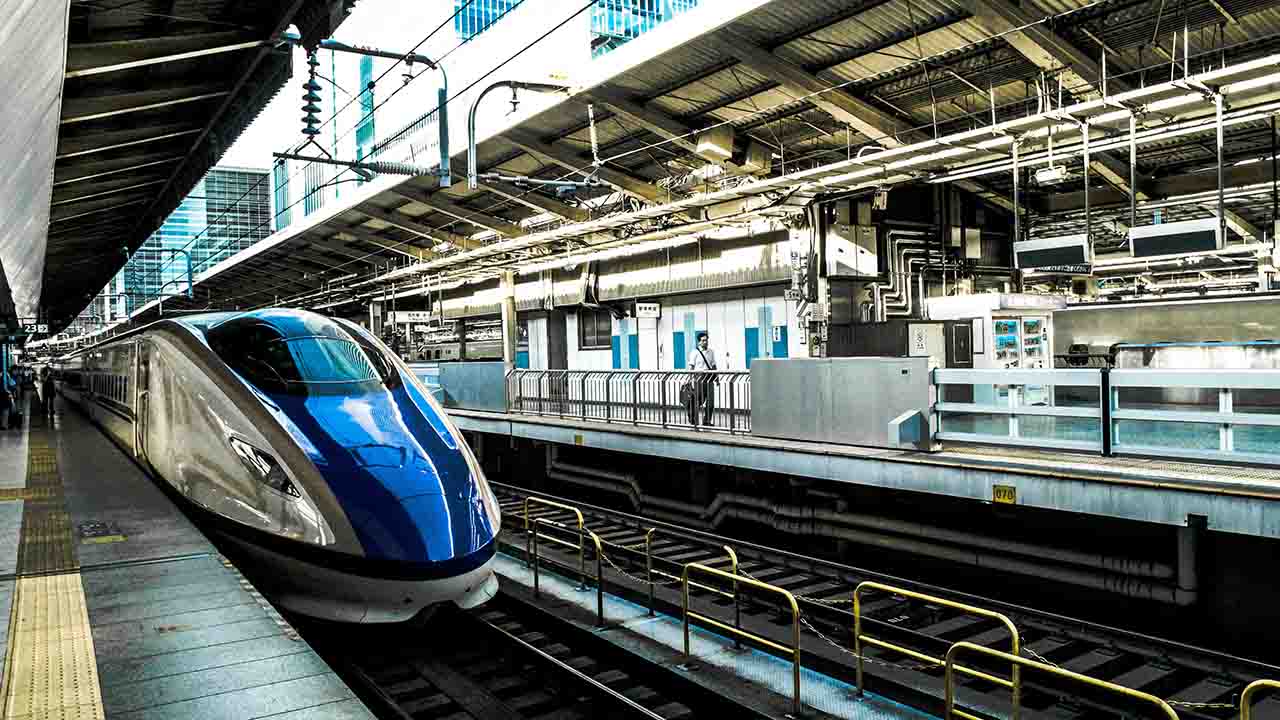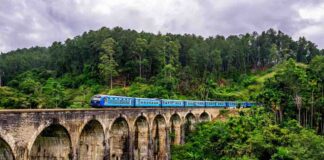India has started the development of an indigenous bullet train, which is expected to exceed speeds of 250 kilometers per hour (km/h), says a senior government official. The official also stated that this train would surpass the speed of any current trains within the Indian Railways network and It is constructed on the Vande Bharat platform, which presently reaches a maximum speed of 220 kilometers per hour.
The design process is presently in progress at the Integral Coach Factory (ICF) in Chennai, under the supervision of Indian Railways. The trains which are operating at speeds over 250 kilometers per hour, are considered as high-speed trains such as the Japanese Shinkansen and the French Train à Grande Vitesse. For the bullet trains that are planned for the Ahmedabad to Mumbai route, India is using Japanese technology. These trains, which are a part of the Shinkansen E5 series, have a top speed of 320 km/h.
According to the official, there is more focus regarding the speed of Indian Railways trains. The proposed variant Vande Bharat trains, in 52 seconds can currently accelerate from zero to 100 km/h while existing bullet trains achieve this in 54 seconds. By the ICF The Vande Bharat trains are developed domestically. On the recently announced north, south, and east corridors these indigenous bullet trains will operate. The new corridors will use more Indian technology and domestic manufacturing, says the official.
These developments will complement the existing Western Corridor, which was established through collaboration with Japan, incorporating their advanced technology. For the Mumbai- Ahmedabad High-Speed Rail project, The Japan International Cooperation Agency (JICA) is extending a soft loan of around Rs 40,000 crore with the total project cost exceeding Rs 1.08 trillion.
The National High-Speed Rail Corporation Ltd (NHSRCL), responsible for executing the bullet train project, recently reported the completion of 300 kilometers of pier work. Additionally, land acquisition for the entire 508-kilometer stretch was finalized in January.

















